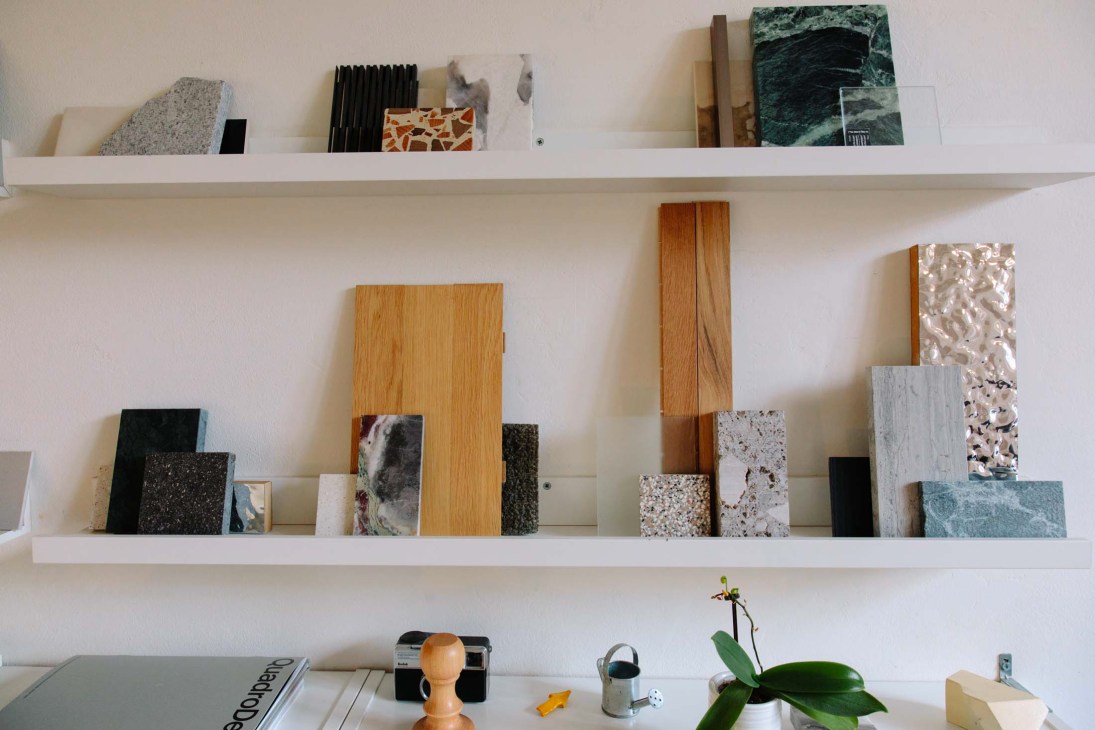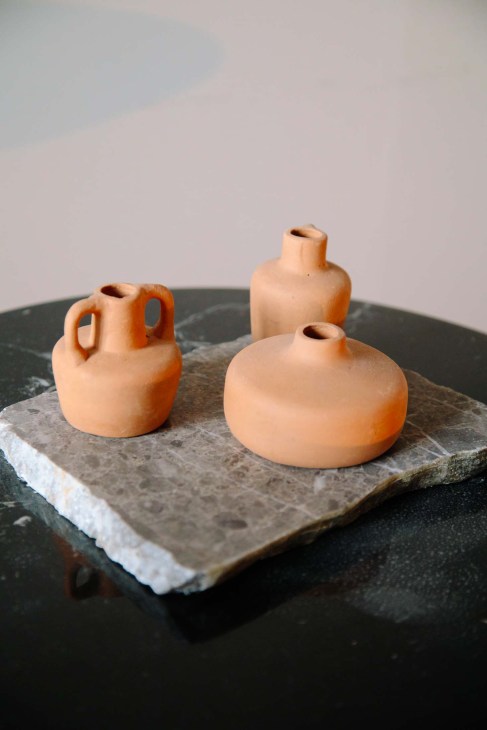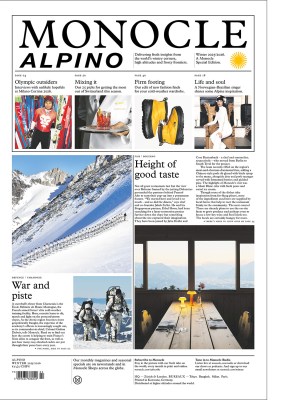How AIM Studio applies its creative vision to brand-building
The Italian firm works to create properties that reflect both the tastes of its clients and its own international influences.
In the initial stages of a residential project, Milan-based architecture and interiors firm AIM Studio likes to ask their clients for references that extend beyond architecture and design. This means cultural picks such as movies and books, but also favourite travel destinations and information about their family lives. Gathering clues about people’s ways of living and translating them into their homes is integral to being a mindful residential architect.
“We have a strong visual language, but we can’t impose it on our clients,” AIM Studio’s founder and creative director, Claudio Tognacca, tells Monocle when we visit his office in the north of Milan. “We need to create open conversations and understand needs.”

Since founding AIM Studio in 2012, Tognacca and his team have worked on interior design and architecture but also creative direction for brands and product development. However, the bread and butter of the studio is their expertise in creating clean-cut, minimal homes that hinge on superlative materials. “We love the textures that natural materials create,” says Tognacca. His colleague, architect and interior designer Anna de Rose, agrees. “Working with the same craftspeople and the same stone suppliers is the fil rouge of our practice.”
In the studio, a library of material samples has pride of place. As we talk, Tognacca pulls down different squares of chiseled stone to show variations in finishes (glossy, rough-cut, matte, and so on) that he offers his clients. “This one is called ceppo di gré; it can only be found in the north of Italy,” he says. “It was used to build a lot of Milan’s façades.” It’s a geologically minded approach to design that has the potential to create sensorial havens for residents. For example, one client from Sardinia’s apartment features limestone walls that evoke the sand found on the southern shores of his native Mediterranean island.

Another source of inspiration for Tognacca is the architecture and interiors found in Nordic countries and Japan. Both regions demonstrate expertise in stylistic restraint and a focus on functionality, especially in the context of smaller apartments with spaces that need to serve multiple functions, from guest room to home office. “I like the Japanese philosophy of wabi sabi. I like imperfect marble, for example, because it’s unique,” adds Tognacca, recalling that the studio once found a slab of marble with a dark spot that turned out to be a fossil. “It’s crazy to think that I can put a piece of the mountain or forest in my house.”


AIM Studio’s quiet confidence stands out in Milan, a city better known for gold, glitz, and glamour rather than considered minimalism. (Perhaps unsurprisingly, most of the firm’s clients are transplants to the city, not born-and-bred Milanese.) “Our clients are usually less Dolce & Gabbana, more Sunnei,” adds Tognacca, citing the local fashion brands to illustrate the different facets of the city. “And Milan is in constant evolution, at the crossroads of culture, fashion, and design.”
Those looking to renovate their apartments in the Italian city now have the option to infuse their homes with a sensibility inspired by Nordic and Japanese design—albeit with a proudly Italian focus on materiality.
aim-studio.com


